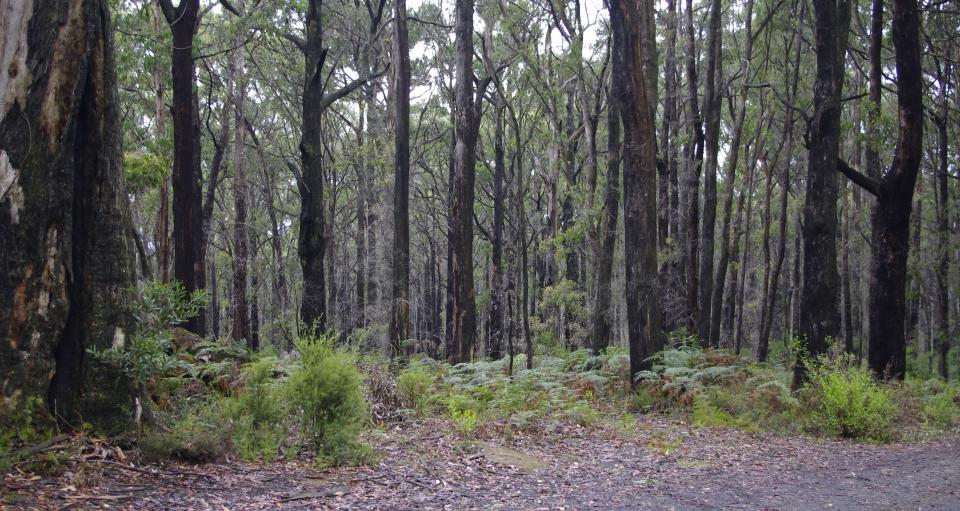
PUBLICATIONS
Published works

Assessment of the Dual Polarimetric Sentinel-1A Data for Forest Fuel Moisture Content Estimation
| Title | Assessment of the Dual Polarimetric Sentinel-1A Data for Forest Fuel Moisture Content Estimation |
| Publication Type | Journal Article |
| Year of Publication | 2019 |
| Authors | Wang, L, Quan, X, He, B, Yebra, M, Xing, M, Liu, X |
| Journal | Remote Sensing |
| Volume | 11 |
| Issue | 13 |
| Date Published | 07/2019 |
| Keywords | bare soil backscatter linear model, dual polarimetric Sentinel-1A, fuel moisture content, ignition, remote sensing, vegetation backscatter water cloud model |
| Abstract | Fuel moisture content (FMC) is a crucial variable affecting fuel ignition and rate of fire spread. Much work so far has focused on the usage of remote sensing data from multiple sensors to derive FMC; however, little attention has been devoted to the usage of the C-band Sentinel-1A data. In this study, we aimed to test the performance of C-band Sentinel-1A data for multi-temporal retrieval of forest FMC by coupling the bare soil backscatter linear model with the vegetation backscatter water cloud model (WCM). This coupled model that linked the observed backscatter directly to FMC, was firstly calibrated using field FMC measurements and corresponding synthetic aperture radar (SAR) backscatters (VV and VH), and then a look-up table (LUT) comprising of the modelled VH backscatter and FMC was built by running the calibrated model forwardly. The absolute difference (MAEr) of modelled and observed VH backscatters was selected as the cost function to search the optimal FMC from the LUT. The performance of the presented methodology was verified using the three-fold cross-validation method by dividing the whole samples into equal three parts. Two parts were used for the model calibration and the other one for the validation, and this was repeated three times. The results showed that the estimated and measured forest FMC were consistent across the three validation samples, with the root mean square error (RMSE) of 19.53% (Sample 1), 12.64% (Sample 2) and 15.45% (Sample 3). To further test the performance of the C-band Sentinel-1A data for forest FMC estimation, our results were compared to those obtained using the optical Landsat 8 Operational Land Imager (OLI) data and the empirical partial least squares regression (PLSR) method. The latter resulted in higher RMSE between estimated and measured forest FMC with 20.11% (Sample 1), 26.21% (Sample 2) and 26.73% (Sample 3) than the presented Sentinel-1A data-based method. Hence, this study demonstrated that the good capability of C-band Sentinel-1A data for forest FMC retrieval, opening the possibility of developing a new operational SAR data-based methodology for forest FMC estimation. |
| URL | https://www.mdpi.com/2072-4292/11/13/1568 |
| DOI | 10.3390/rs11131568 |
| Refereed Designation | Refereed |
Published Works


